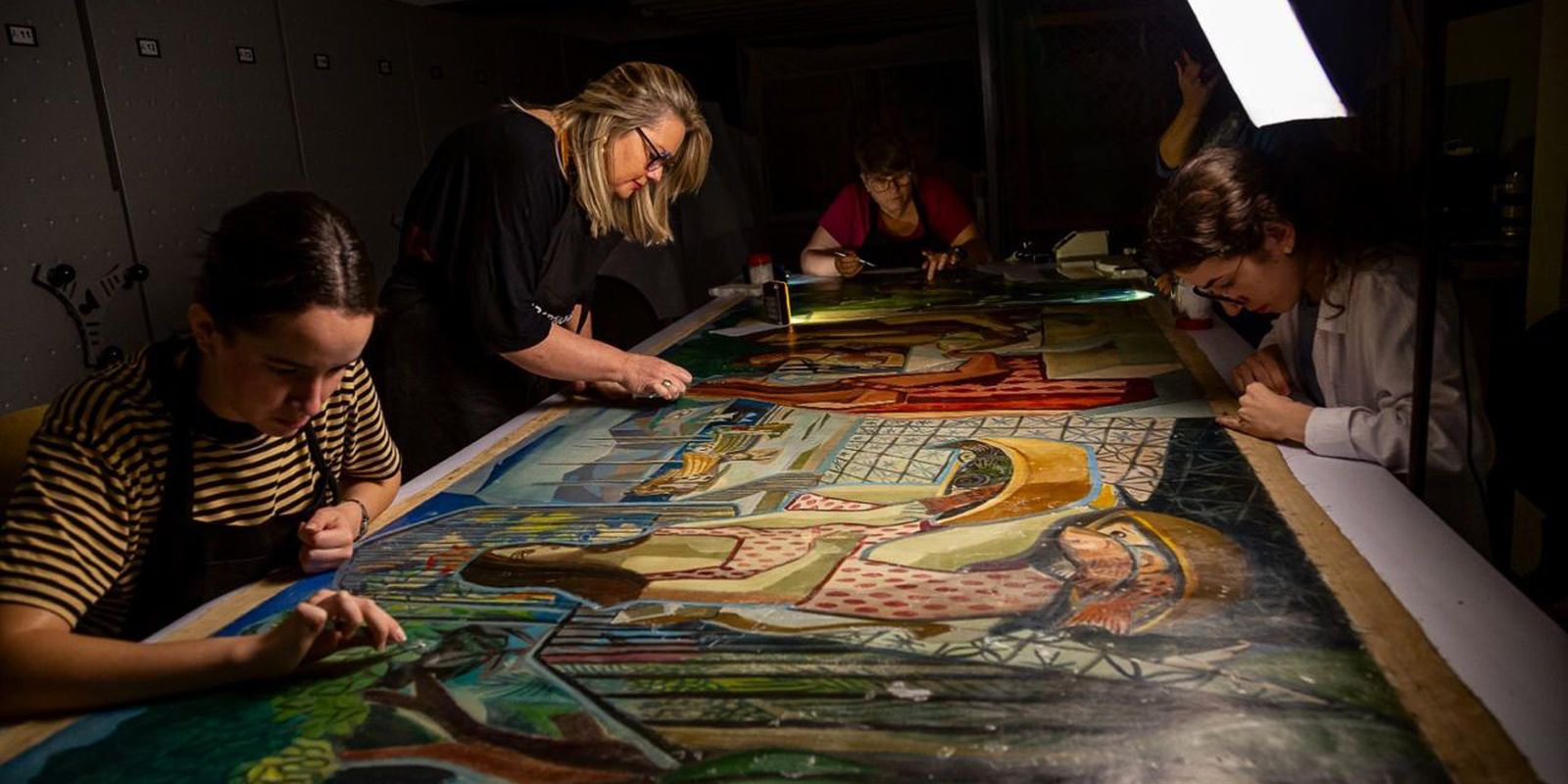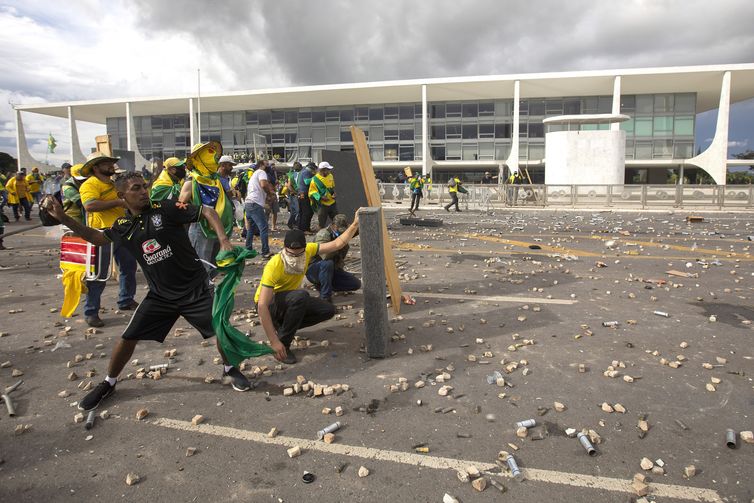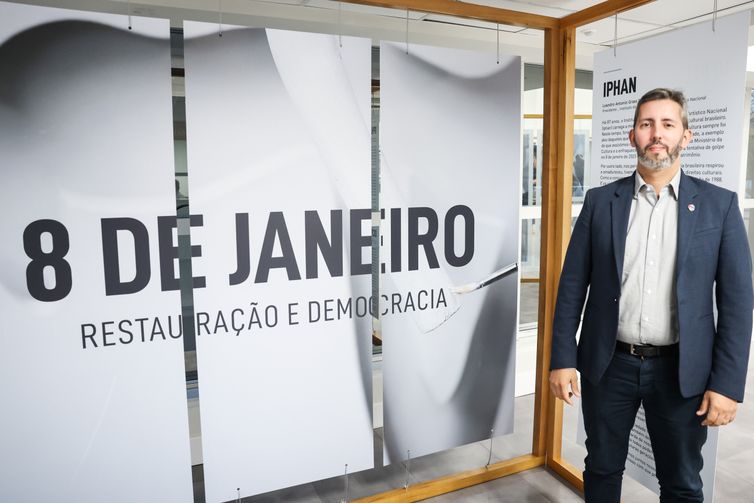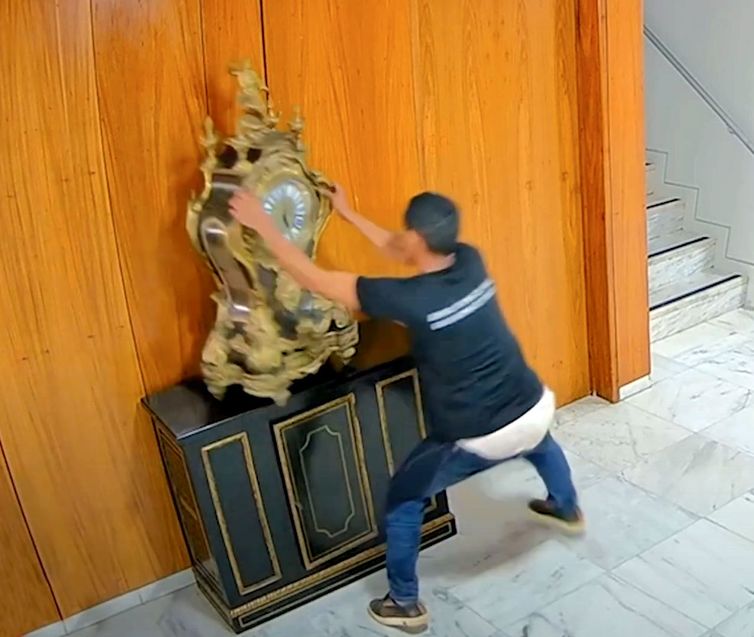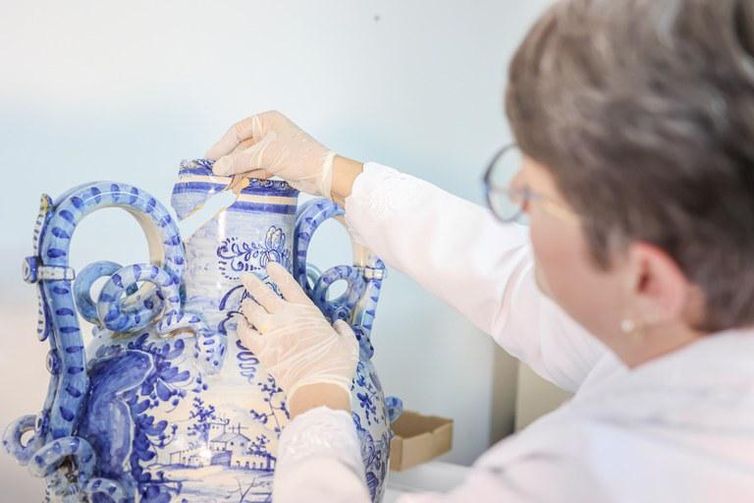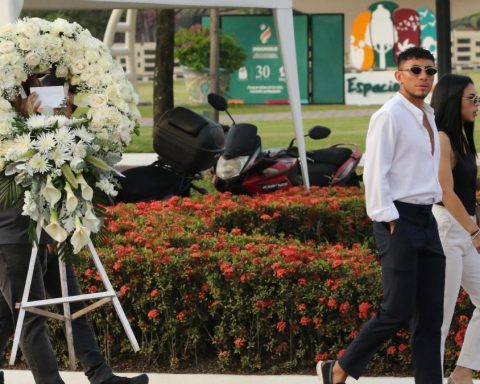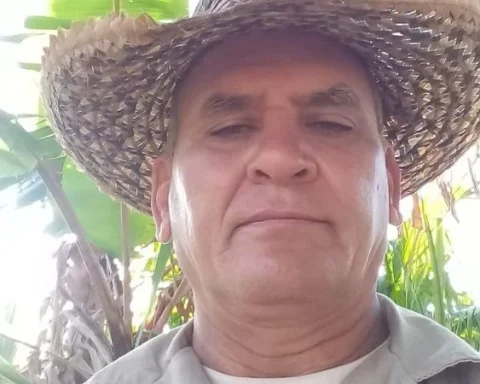It was Sunday afternoon when Andréa Lacerda Bachettini’s cell phone began to be flooded with messages and videos posted on social media showing, almost in real time, the acts of vandalism and destruction carried out by supporters of former president Jair Bolsonaro in Praça dos Três Poderes, in Brasília, on that January 8, 2023, when they tried to depose the government of Luiz Inácio Lula da Silva, who had been sworn in exactly one week earlier. 
Professor and researcher at the Department of Museology, Conservation and Restoration at the Federal University of Pelotas (UFPel), in Rio Grande do Sul, Andréa tells of the pain she felt when she saw the images of people tearing, breaking and throwing priceless works of art and furniture inside the Palácio do Planalto.
“My colleagues and I, who are involved in the university’s cultural heritage area, were in Pelotas, horrified, watching on social media. It was very sad and revolting to see that. We asked ourselves: ‘We have to do something!’ It was a huge shock. I remember that we immediately wrote a document and sent it to our dean. [Isabela Fernandes Andrade]who is an architect and very sensitive to the issue of heritage. In the letter, which she forwarded on behalf of the university, we placed our entire department at the disposal of Iphan [Instituto do Patrimônio Histórico e Artístico Nacional]of the government”, reports to Brazil Agency.
In the initial contact, Iphan responded that it was still surveying the damage to the buildings and the interior of the palaces of the Republic, all of which are listed as World Heritage Sites. But the seed had been planted there. A few months later, UFPel was contacted by Iphan, who proposed a partnership.
“At first, we thought it would be possible to hire a company, but then we remembered our partners, which are public universities and conservation laboratories. We have some in Bahia and Minas Gerais, and there is one at UFPel, which is one of the best in the country and is linked to the conservation course, and has postgraduate courses, and so we proposed this partnership,” says Iphan president Leandro Grass. The partnership was established through a Decentralized Execution Agreement (TED), in which the institute transferred R$2.2 million to UFPel for the acquisition of equipment, hiring of scholarship holders and logistical expenses.
An unprecedented laboratory restoration structure was set up at the Palácio da Alvorada, the official residence of the Presidency of the Republic, through the Curatorial Directorate of the Presidential Palaces and the General Coordination of Administration of the Official Residences. In total, around 30 people, including professors, researchers, students and civil servants, are working on the project, whose main objective is the complete restoration of the 20 works of art (see the complete list below) belonging to the Palácio do Planalto that were damaged in the attack on January 8th of last year.
About a year and a half after the project began, as of this Sunday (15), when International Democracy Day is celebrated, practically all the works and pieces have been restored. The work will continue until December and includes the production of a book, a documentary and the implementation of educational activities to promote cultural heritage in public schools in the Federal District.
meticulous work
Another exciting moment of this journey, recalls Andréa, was when she came to Brasília for the first time as coordinator of the project, called “Lacorpi – Cultural Heritage Action of the Presidential Palaces: valorization and promotion of democracy through the conservation-restoration of vandalized cultural assets of the Planalto Palace”.
“It was a very emotional moment, I always feel like crying when I remember it,” says the teacher, her voice breaking. “The first work I saw was the painting by Di Cavalcanti, known as ‘As Mulatas à mesa’. The painting is made of fabric, but it has a wooden structure and locks that support it. These wooden locks were all broken. At that moment, I realized up close the scale of the brutality of that attempted coup,” she describes. Measuring approximately 3.5 meters wide by 1.20 meters high, this work by the great Brazilian modernist painter is one of the most important in the collection of the presidential palaces. It was torn in seven different places, and it is not known for sure whether by a knife or dagger used by the coup plotters who invaded the Planalto Palace on that fateful Sunday.
The work on Di Cavalcanti’s canvas was meticulous. The work already had a relining (protective covering on the back of the canvas) with linen fabric, which was torn by the tears and could not be mended with the original fibers. The option was to use polyester, which is a synthetic fabric commonly used in boat sails. On the front of the canvas, where the work is painted, techniques of juxtaposing the textures of the threads, reproducing the artist’s brushstrokes, completely disguised the tears, which are no longer visible. On the back of the canvas, the tears were maintained.
“It was a team choice, a political choice, to show that this screen underwent this process, that it was perforated seven times. This memory will be recorded,” explained Leandro Grass.
One of the most shocking attacks was on the bronze sculpture The Flautist, by fellow Brazilian Bruno Giorgi, which is over 1.6 meters tall. It was broken into four pieces. In another act of brutality and stupidity, another bronze sculpture, the “Apocalyptic Venus”, by Argentine artist Marta Minujín, was simply thrown from the fourth floor of the Planalto Palace, falling onto the lawn in the outdoor area.
One of the scenes reproduced to exhaustion, in the context of the savagery of January 8, was the moment in which one of the invaders, Antônio Cláudio Alves Ferreira, destroyed a 17th century clock, which was on display at the Planalto Palace.
Built by watchmaker Balthazar Martinot Boulle, the piece had been a gift from the French court to Emperor Dom João VI in 1808. Both the watch and the André Boulle box, destroyed during acts of vandalism, are in the process of being revitalized through another agreement formalized with the Swiss Embassy in Brazil.
Important discoveries
The restoration work also resulted in important discoveries about some works, including their authorship. This is the case of the expressionist painting “Bird”, by Martin Bradley, an English painter. Previously without an identified title or author, the expressionist painting can now be included in the history of art.
The white and blue ceramic vase, which had been shattered, also had its authorship revealed during the successful restoration. It is an Italian Majolica Idria (a type of ceramic) from the Renaissance period (14th to 16th centuries). All of this work involved advanced X-ray techniques of the pieces and microscopic analysis of the glaze and pigments.
The process will also result in the production of material for guidance on preventive conservation of the works, which includes detailed information on the restoration techniques applied and on temperature and relative humidity requirements suitable for displaying the pieces.
The details and behind-the-scenes of the restoration process of the works can be seen in a temporary exhibition at the national headquarters of Iphan, in Brasília. With the title “January 8: restoration and democracy”, the exhibition shows, in large format photos, and displays of materials and tools used by the restorers, more details of the discoveries and the process of reconstructing the pieces.
“It is very important to return these works so that they can be seen by the public. These works belong to the Brazilian people and represent the victory of democracy and freedom,” says Leandro Grass.
List of works being restored in the Iphan/UFPel partnership:
1. Canvas by Emiliano Di Cavalcanti (Brazilian artist);
2. The Flutist by Bruno Giorgi (Brazilian artist);
3. Idria (Italian Majolica);
4. Branches and Shadows by Frans Krajcberg (Polish artist naturalized Brazilian);
5. Portrait of the Duke of Caxias by Oswaldo Teixeira (Brazilian artist);
6. Roses and Whites Suspended by J. Paulo (José Paulo Moreira da Fonseca) (Brazilian artist);
7. Houses by Dario Mecatti (Italian-Brazilian artist);
8. Work by Dario Mecatti (Italian-Brazilian artist);
9. Café Scene by Clóvis Graciano (Brazilian artist);
10. Canvas by Armando Viana (Brazilian artist);
11. Matrix and grid in the 1st plane by Ivan Marquetti (Brazilian artist);
12. Painting by Glênio Bianchetti (Brazilian artist);
13. Painting by Glênio Bianchetti (Brazilian artist);
14. Painting by Glênio Bianchetti (Brazilian artist);
15. Painting by Glênio Bianchetti (Brazilian artist);
16. Painting by Glênio Bianchetti (Brazilian artist);
17. Apocalyptic Venus Fragmenting by Marta Minujín (Argentine artist);
18. Cotstwold Town by John Piper (English artist);
19. Canvas by Grauben do Monte Lima (Brazilian artist);
20. Bird by Martin Bradley (English artist).
